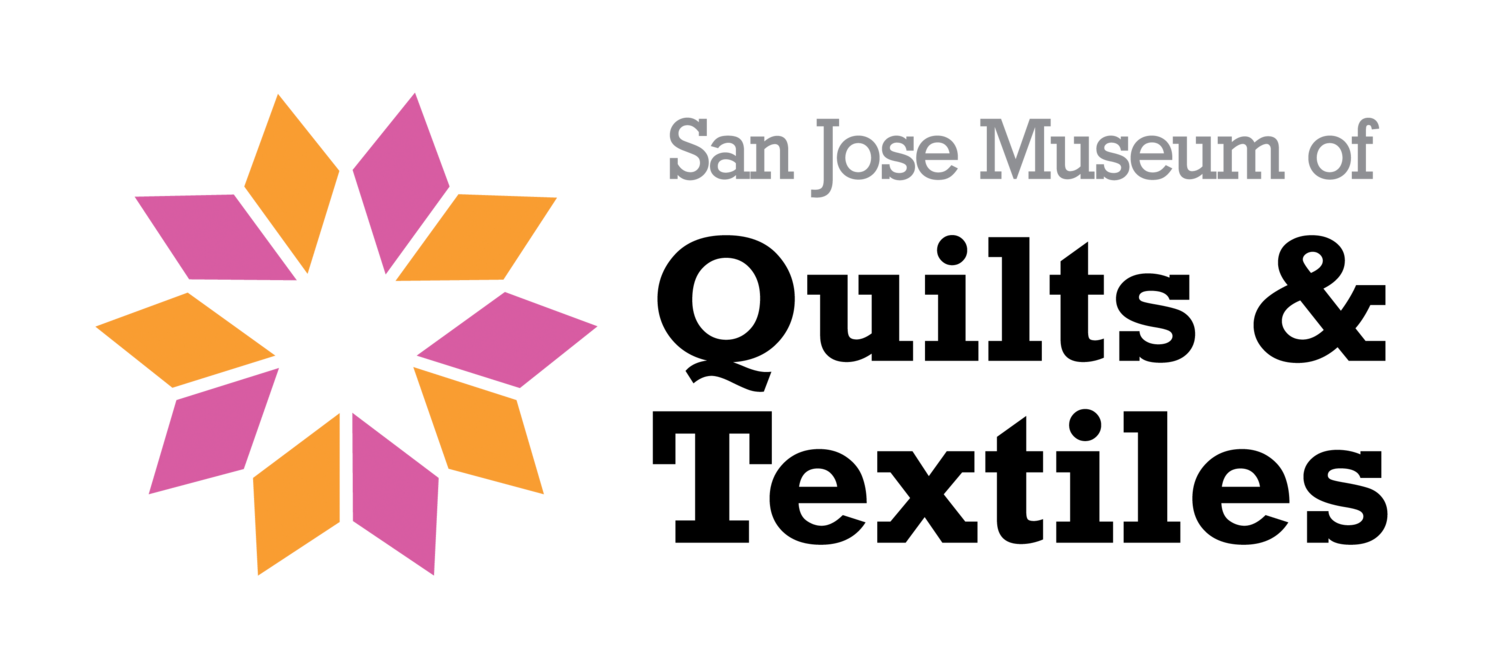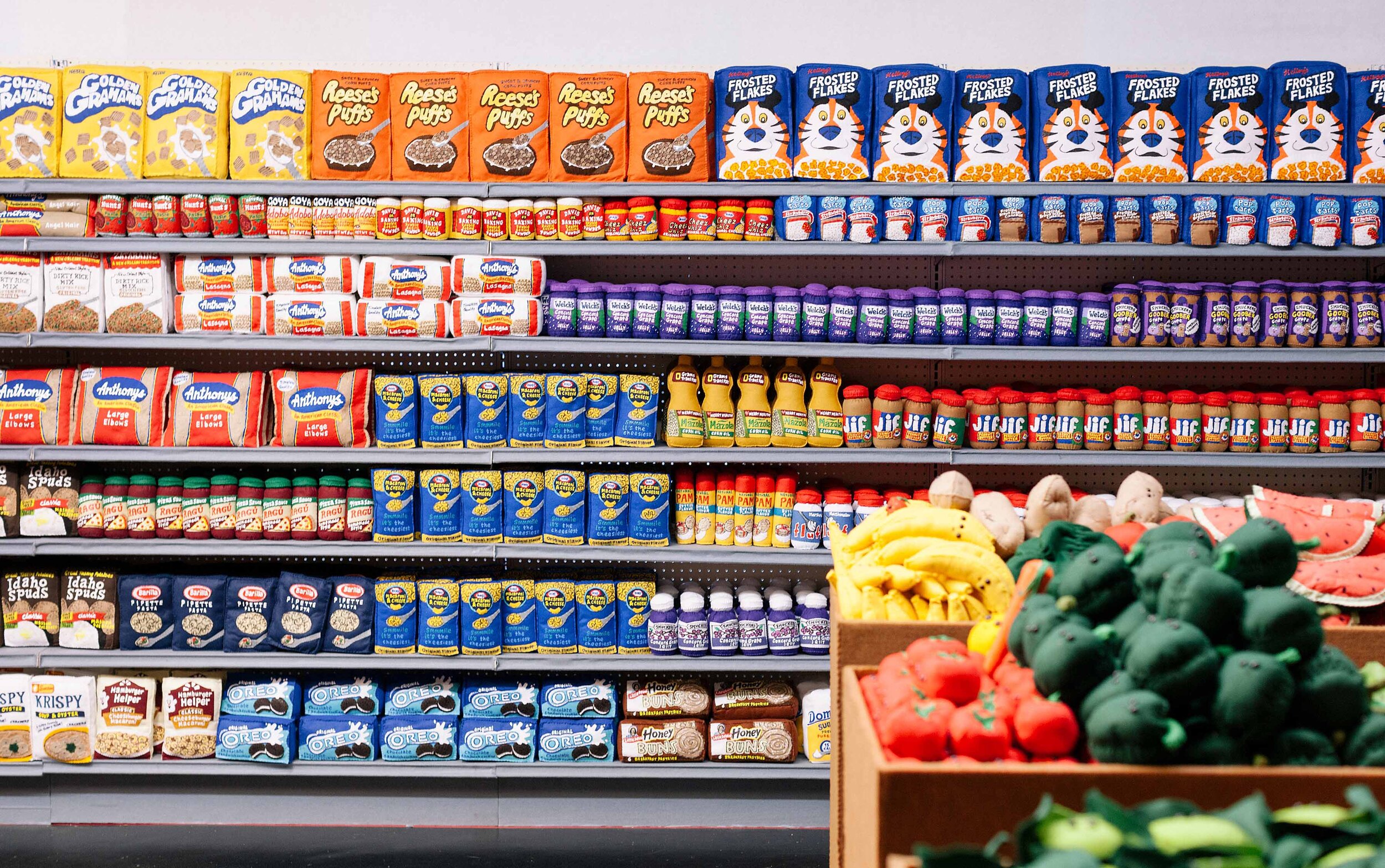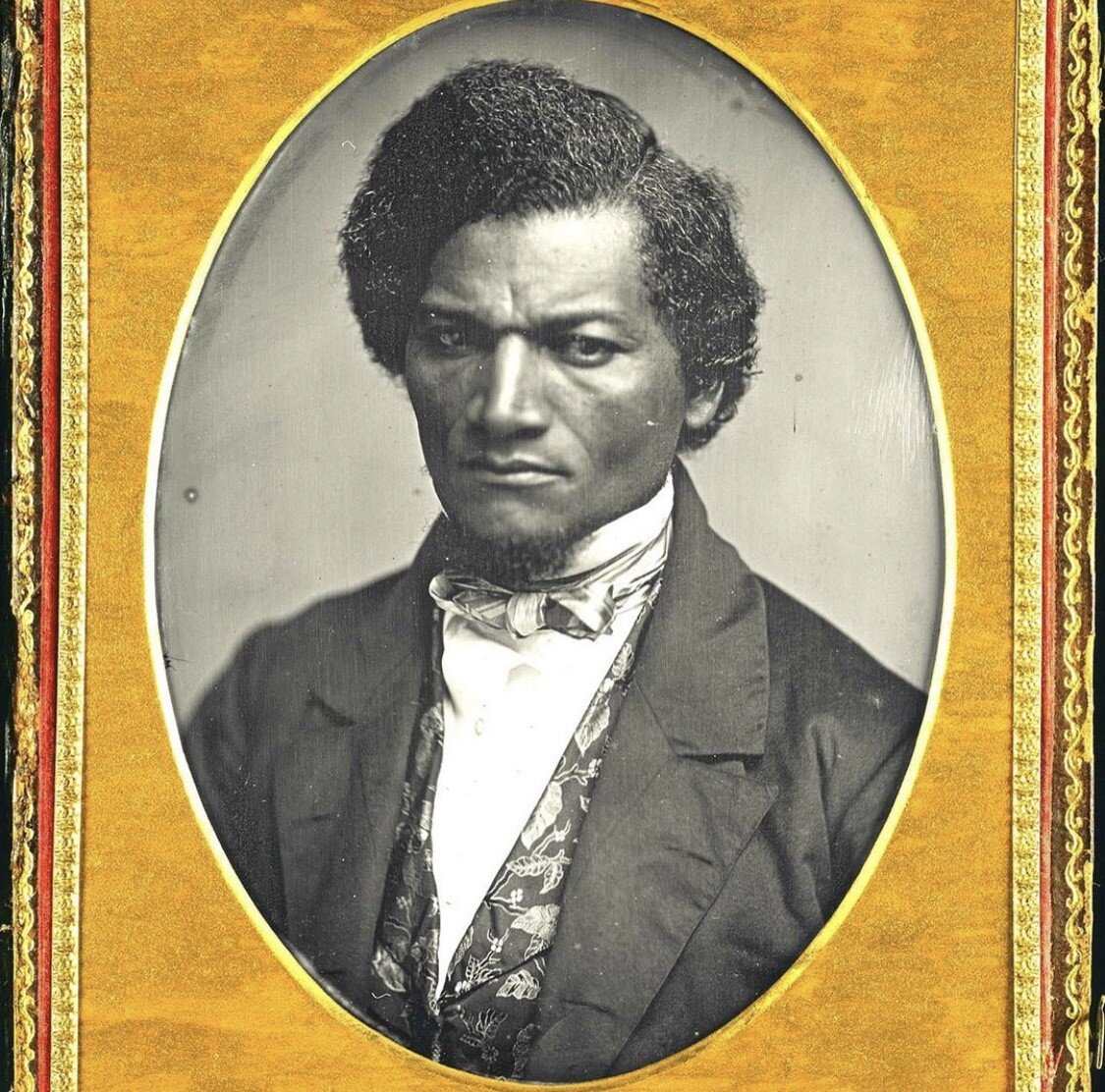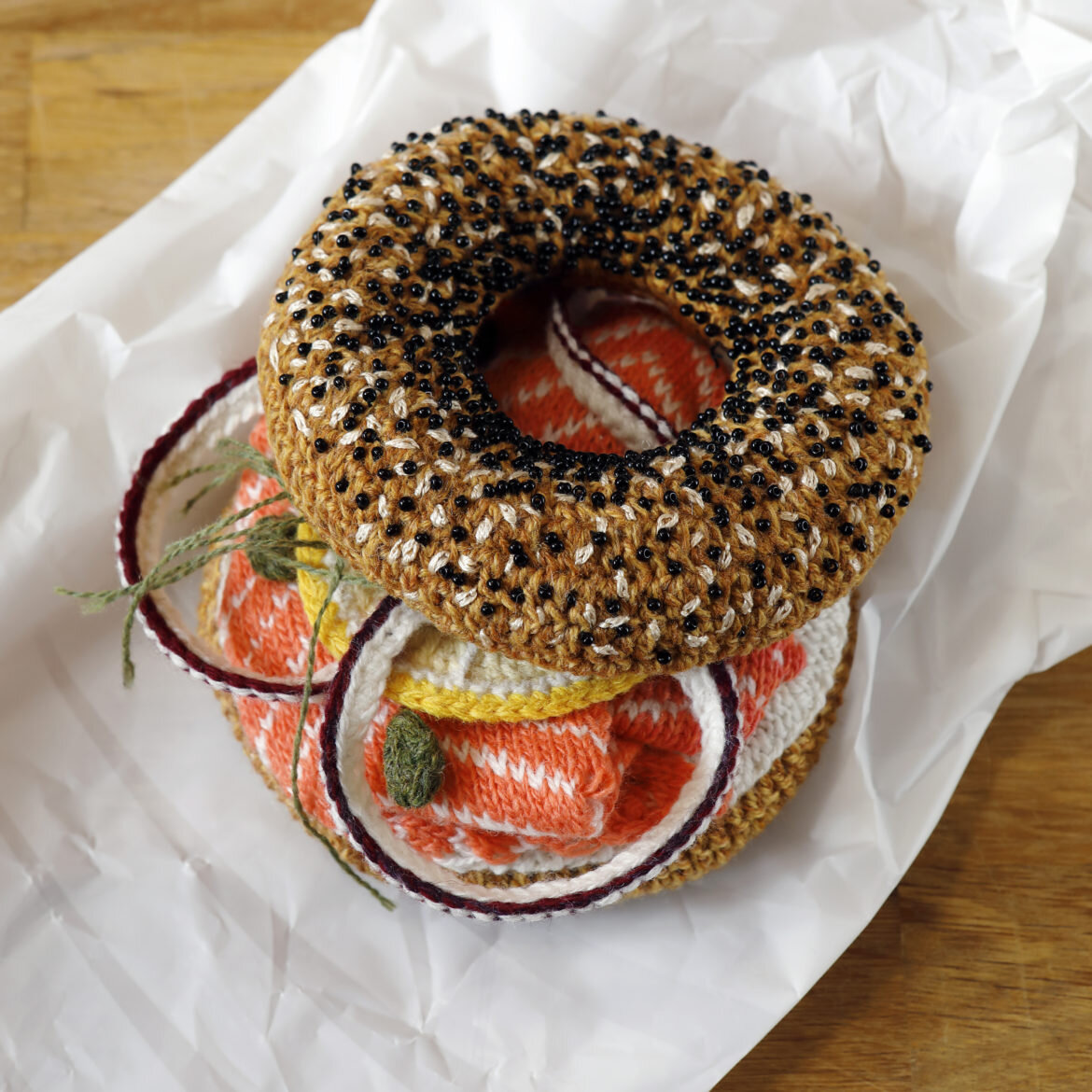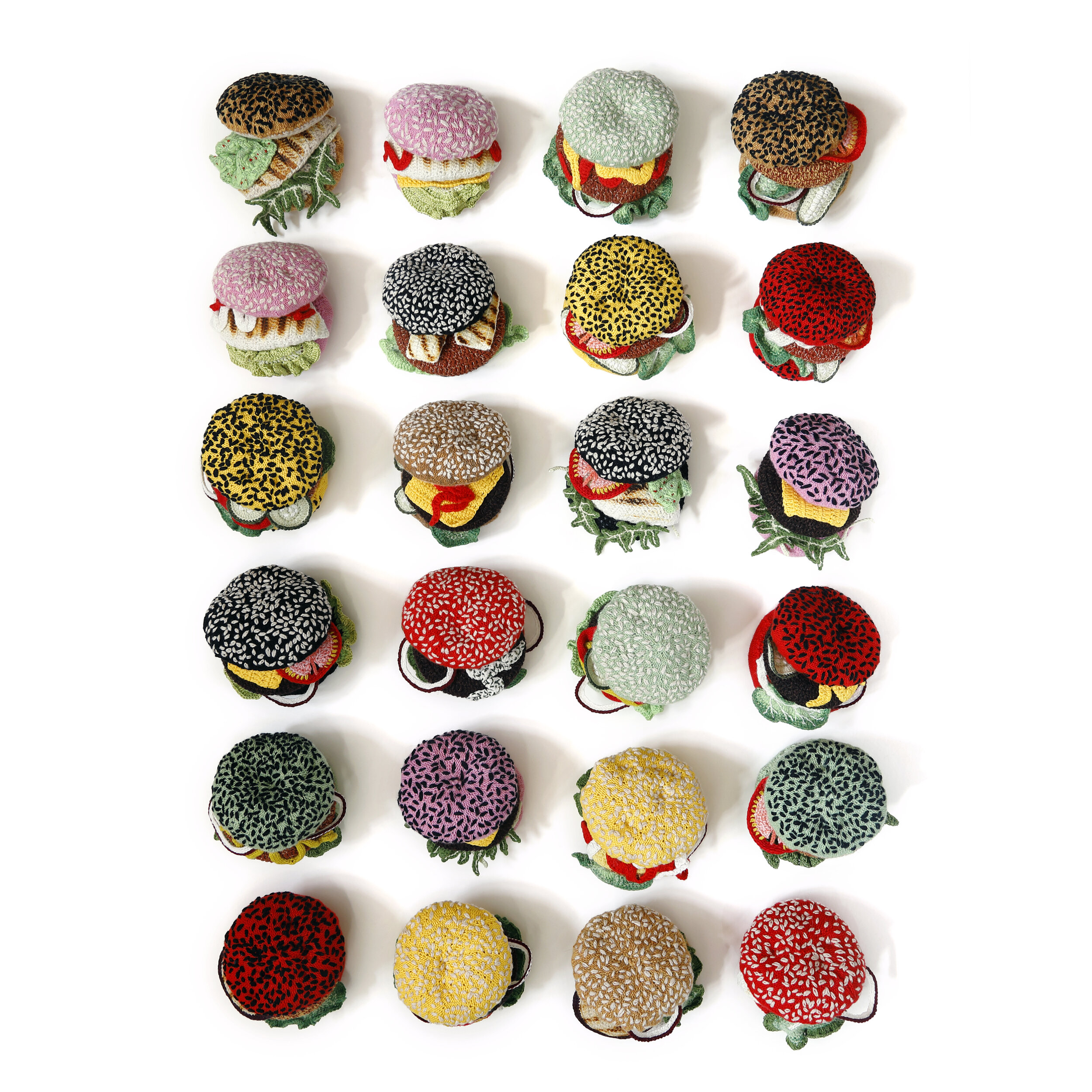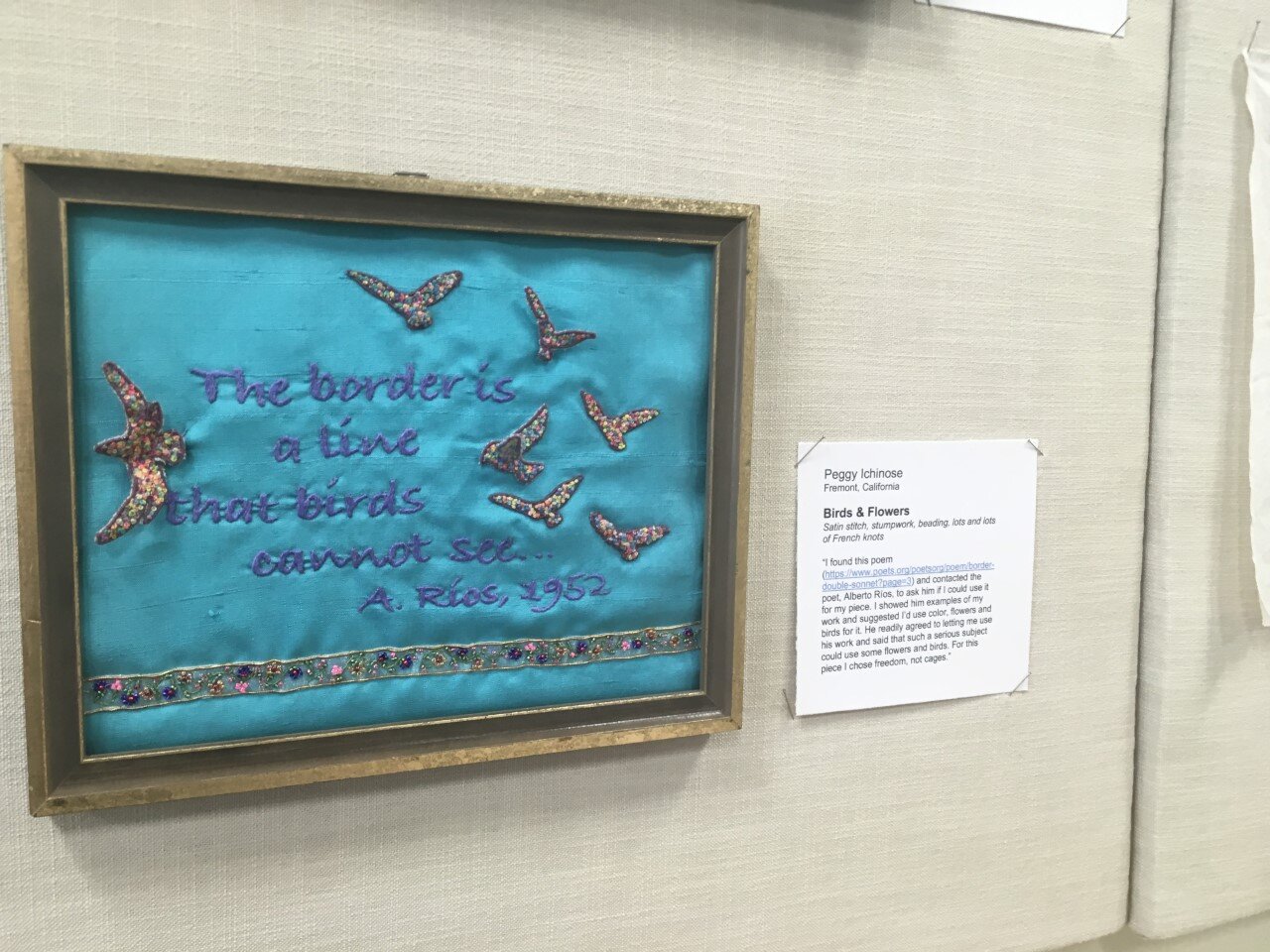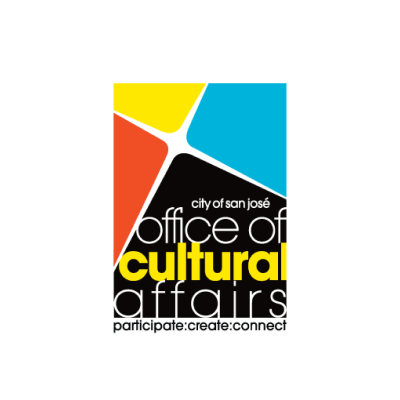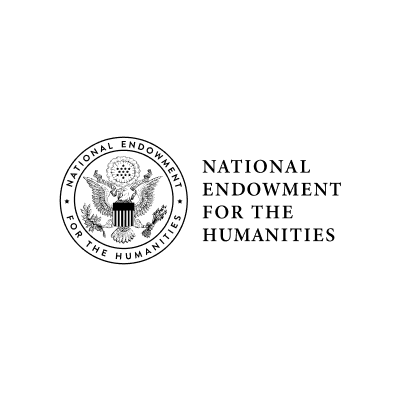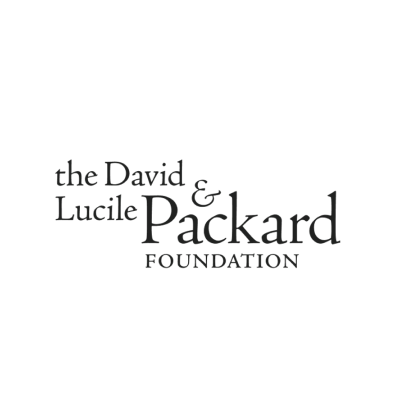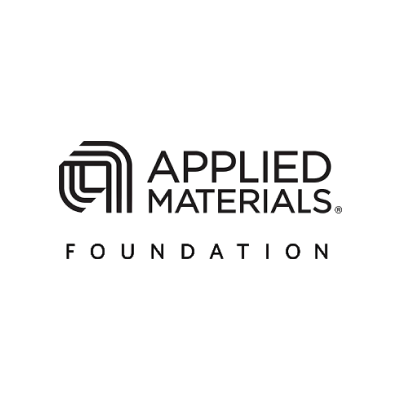FIBER ART 101: FELTING
Featuring artist Lucy Sparrow (@sewyoursoul on Instagram).
Is it felt or food?
Felt is a type of fabric that can incorporate both synthetic and natural fibers. Unlike most fabrics, felt is not woven. Rather, it is compressed at high pressures and temperatures to create a dense fabric of matted fibers.
Felt is one of the oldest textiles; however, felt production through used plastic bottles is a relatively new development. These bottles are often made out of the same material as polyester clothing, known scientifically as polyethylene terephthalate. Thus, plastic bottles can be recycled and processed back into polyester fibers, and this can be used to create felt.
One of our favorite felt artists is Lucy Sparrow (@sewyoursoul on Instagram). Her creative work is incredible and makes us take a double look.
Are you using felt in your art practice?
